If putrid odors are wafting out of your holding tanks and commercial RV holding tank deodorizers aren’t doing the job, consider concocting the homemade RV holding tank deodorizer recipe known as “The Geo Method.”
Can you get rid of RV holding tank odors?
Try This Homemade RV Holding Tank Deodorizer
RVers love obsessing about deodorizing and cleaning holding tanks, and many swear by a homemade RV holding tank deodorizer recipe that controls odors and keeps tank sensors operating smoothly. As a bonus, it’s kind to Mother Nature, which makes it a frugal RVer’s dream.
The Geo Method cleans RV gray and black tanks with these three inexpensive cleaning products:
- Liquid or powdered water softener (Calgon, for example)
- Powdered laundry detergent or dish soap
- Household bleach
You’ll find these homemade RV holding tank deodorizer recipe ingredients in nearly any grocery store cleaning aisle. When you use them in your tanks, you have a cost-effective homemade RV holding tank deodorizer that’s better than commercially sold products.
The Geo Method is better because the water softener and detergent prevents waste water solids from building up. Store-bought RV black tank deodorizer products leave gunk behind, and over time that buildup causes sensors to go bad and valves to clog.
The addition of laundry or dish detergent gives the Geo Method extra cleaning power, while ordinary household bleach is used for odor control. Before you recoil in horror over using bleach in your holding tanks, listen to scientifically-minded RVers like Andy from This Old RV, who reminds us that household bleach won’t harm septic systems or plastic plumbing fixtures (remember, it’s packaged in a plastic bottle). Andy’s research from the Clorox® website reveals that:
During consumer use and disposal, about 95 percent to 98 percent of household bleach quickly breaks down. The remaining two percent to five percent is effectively treated by sewer or septic systems.
Bleach does not contaminate ground water because it does not survive sewage treatment – either in municipal sewage treatment plants or in septic systems. Thus, there are no harmful effects of bleach in the environment.
As for concerns about bleach doing damage to plastic RV plumbing fixtures, the Clorox website adds:
The majority of Clorox® bleach products contain anticorrosion agents and, when used as directed, are safe for use on a variety of hard, nonporous surfaces, including stainless steel, plastics, glazed ceramics, glass, porcelain and other materials.
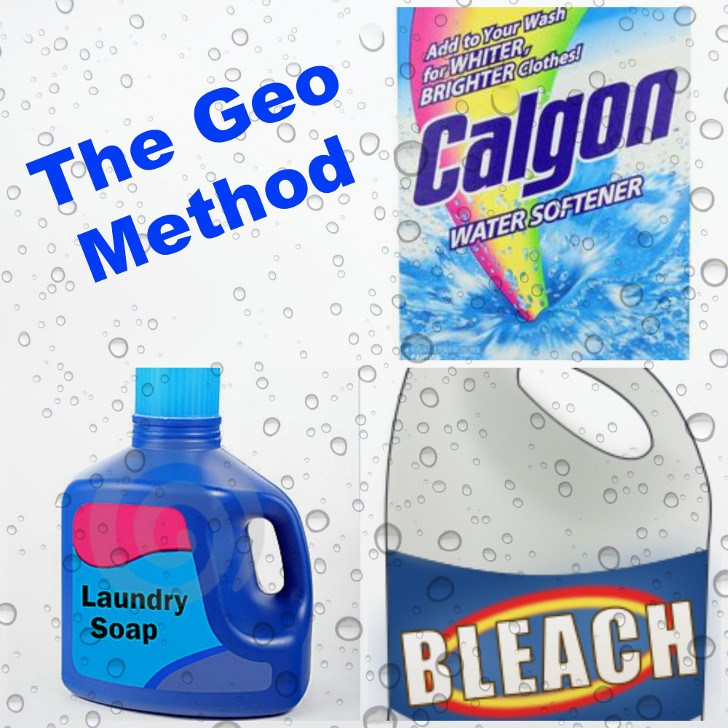
How to Make the Geo Method Recipe
The first time you make your homemade RV holding tank deodorizer, you’ll want to be hooked up to city water with full holding tanks ready for dumping.
Step 1: Empty Your Tanks
Go through your normal process of dumping your holding tanks (black first, then gray). Close your valves, then go inside to pour two cups of water softener into a one gallon bucket filled with steaming hot water.
Step 2: Pour the Mixture into the Tanks
Pour the mixture down the kitchen drain first, then make another batch and pour into your bathroom sink. Next, whip up another batch but add one cup of laundry detergent, then pour it into the toilet. In case you’re wondering, gray water tanks don’t need laundry soap because they normally get enough detergents inside them to keep solids flowing.
Use your RV as normal and wait until your tanks are about halfway full. Dilute a small amount of unscented household bleach into about a gallon of water, then pour it into your holding tanks to instantly halt bacteria odors growing in the waste water.
Step 3: Dump Your Tanks
The Geo Method recipe ingredients will stay in your tanks until they are full again. When you need to dump, the softener, detergent and solids wash away. Follow up by repeating the Geo Method recipe and instructions.
If you’re tired of wasting money on conventional holding tank treatments but you don’t want odors spilling out of your tanks, give the Geo Method a try. You’ll know it’s working when the weather heats up and you can’t smell a thing.

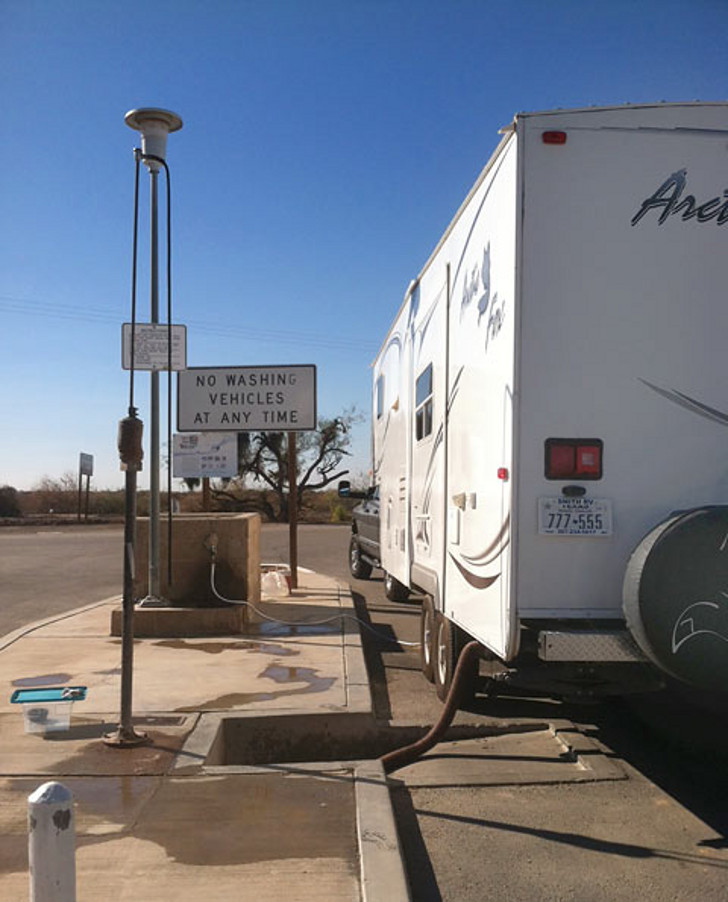
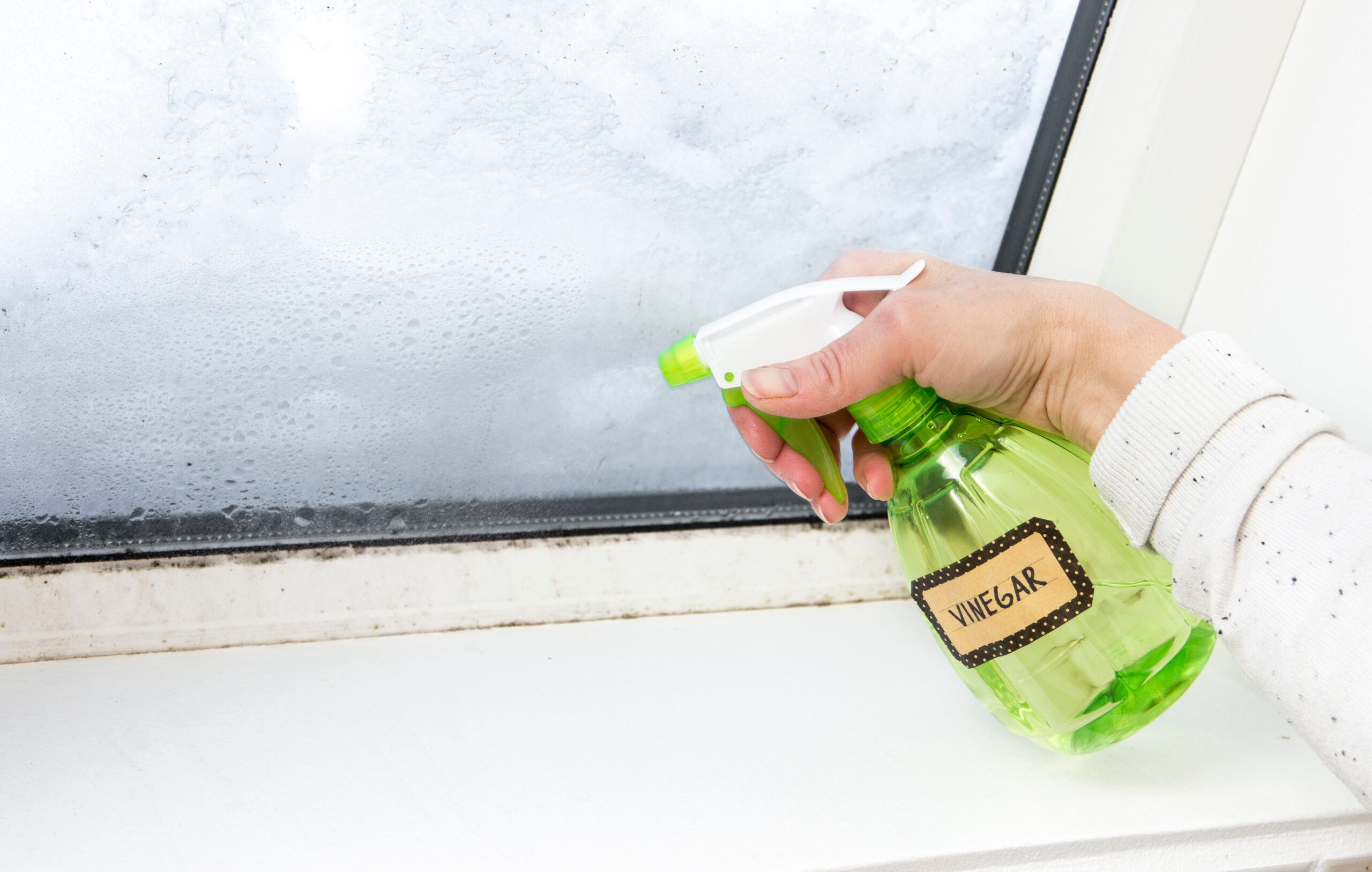
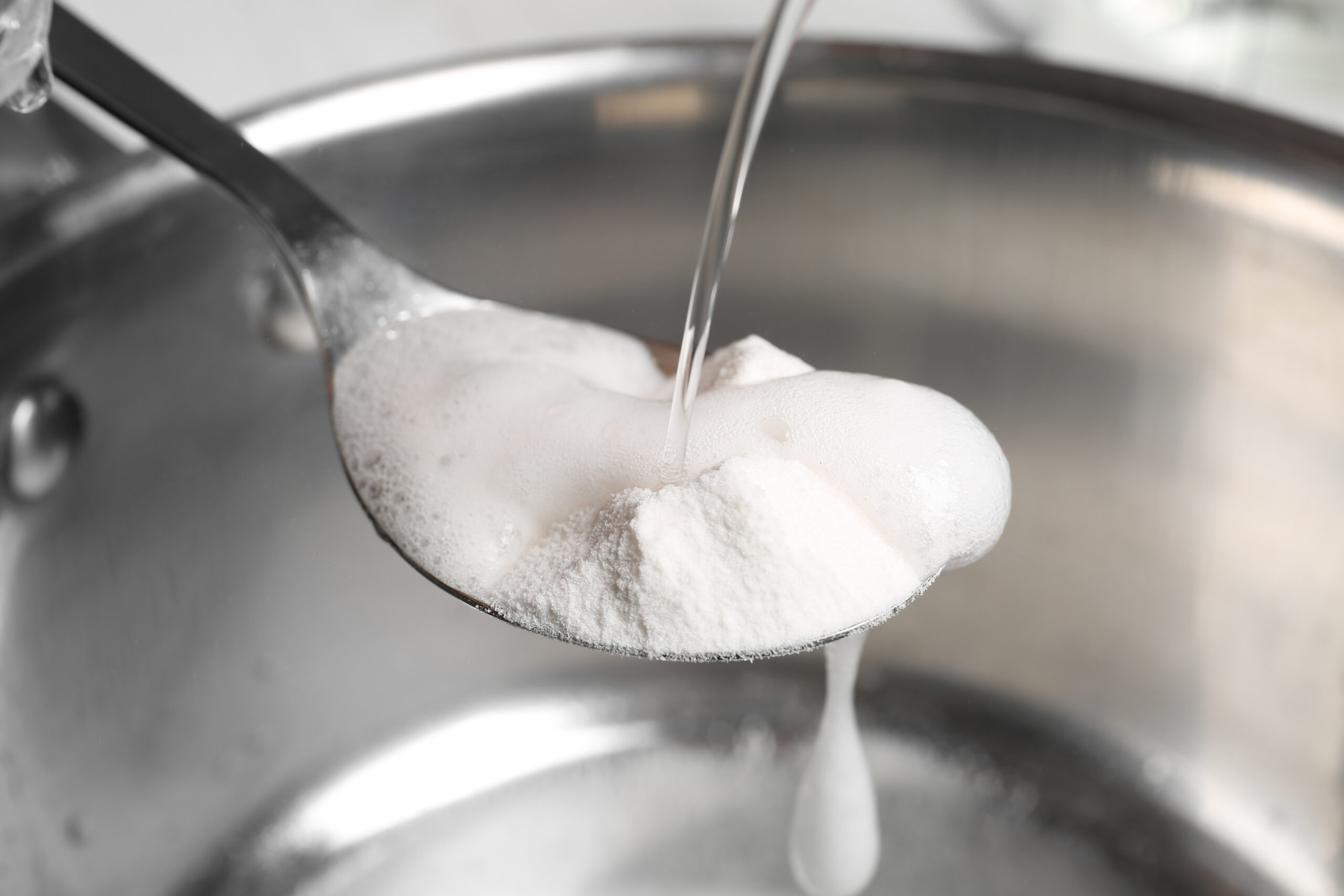
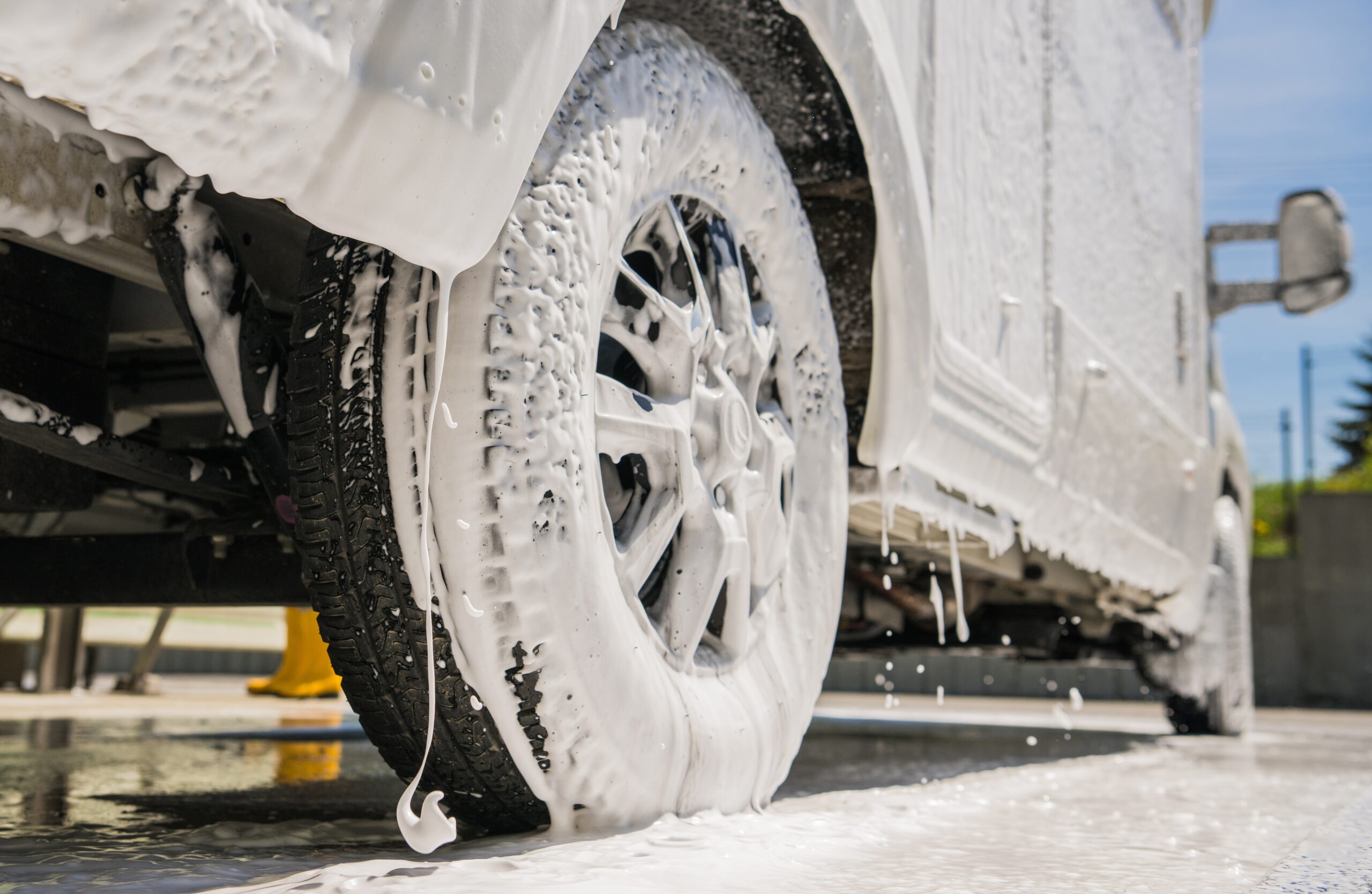
Oh my gosh that’s embarrassing, thanks for pointing it out.
Thanks GiGi, fixed the typo.
When quoting an article, please be careful! YOU GUYS said drain gray first, then BLACK! WRONG! It’s just the opposite, guys. And I went to the Geo site and he said it correctly. Dirtiest first.
And your post about “Homemade Holding Tank…” was not exactly right. It was rather confusing, quite frankly.
Revisit: https://sites.google.com/site/cbruni/
and repost for all the newbies and confused.
Thanks!
G
I don’t think I would introduce chlorine to the EPDM seals on my waste gate valves or toilet bowl seals. Just my opinion, as a chemical engineer. The chlorine will not hurt your PE/PP/ tank. nor the plastic slide gates on the valves but the rubber is a whole different story.
That being said, bacteria also helps to break down the solids in your tank as well as paper products. Chlorine will prevent that. The water softener will prevent build up on hour sensing rods for sure, but they now add a surfactant to most RV tank deodorizers.